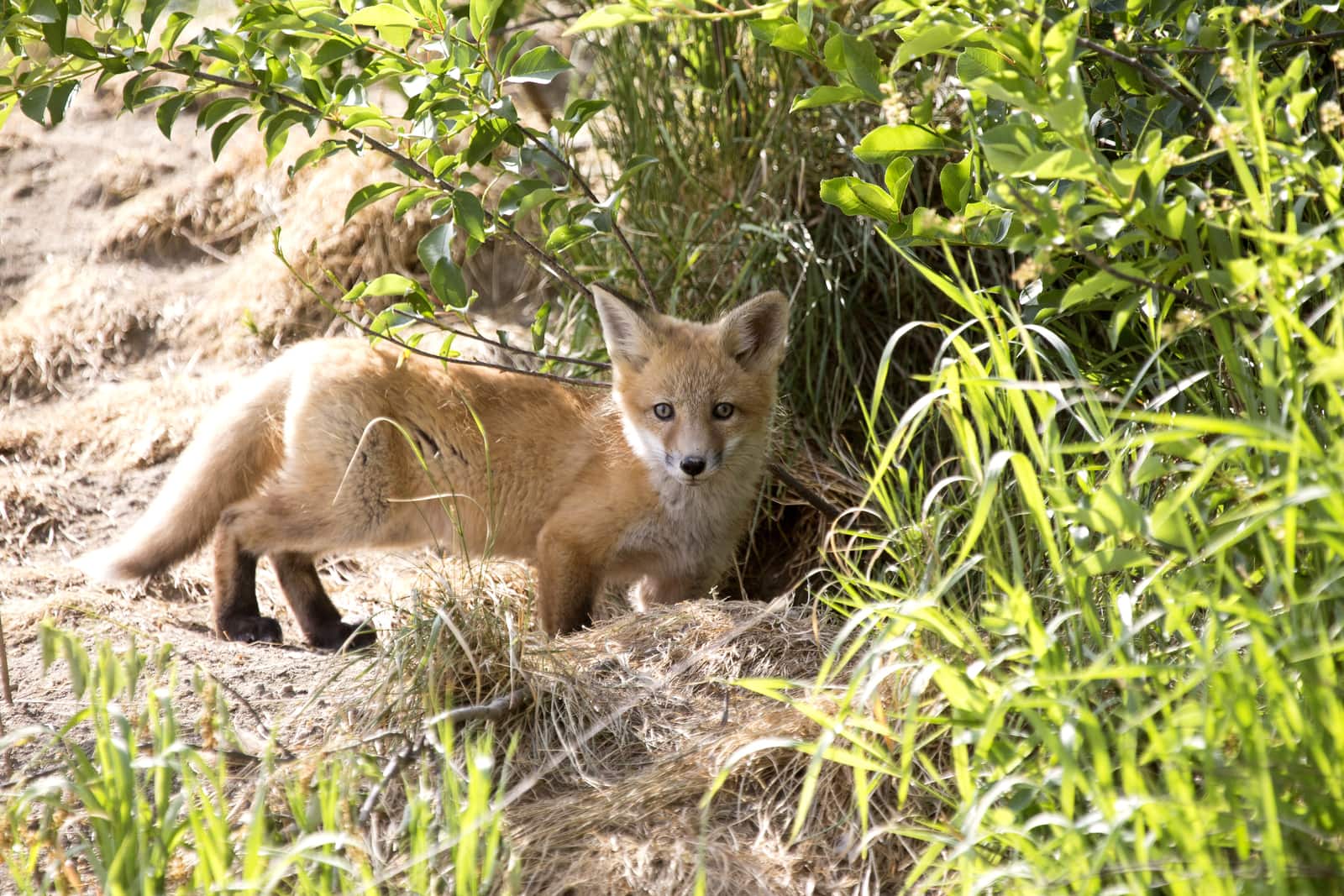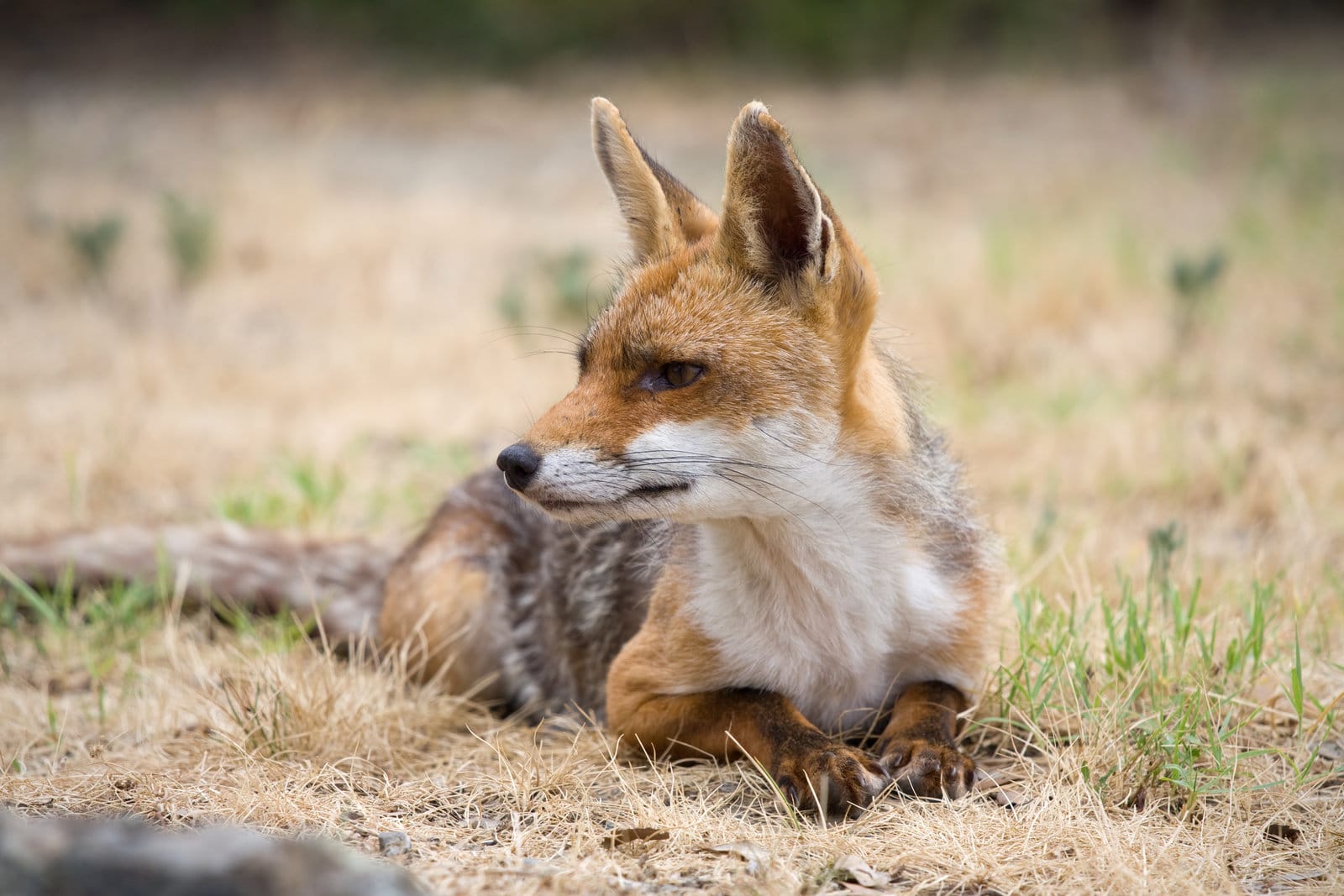Foxes are one of nature’s most fascinating creatures. We’ll bet that there’s a lot you don’t know about the humble fox, their habitat and their habits.
For example, did you know that foxes share a lot of their traits with cats, but that they are actually related to dogs?
Here are some of the best mind blowing fox facts for kids.
Fun Facts About Foxes for Kids
Foxes are one of the most fascinating four-legged creatures that can be found in nature – and many times, in captivity. If you’re looking for fun facts about foxes for kids, then you’ll have to look no further than this!
Here are some of the best fun facts about foxes for kids.
- Foxes have very fine hairs (called spines) on their tongues, which they use for purposes that include grooming their fur. In this way, the fox species is similar to felines, which also has the same type of hairs on their tongues.
- Not all foxes live in nature! Urban foxes can be found in cities and towns throughout the world, where they live just between the boundary of people and nature. London Is one place that is known for many urban foxes.
- There are more than 30 different types of fox species in the world, including the Fennec and Red foxes.
- Like cats, foxes are nocturnal, which means that they go about most of their business at night.
- “The quick brown fox jumps over the lazy dog.” Is one of the only sentences in the English language that uses every letter at least once. The sentence is often used to test fonts for this reason.
- The term Flying Fox doesn’t refer to a type of fox at all, but a type of bat that can be found in Asia and Africa.
- Foxes don’t hunt like most canine species, but prefers to hunt their prey (small mammals and insects) by jumping on them with their front feet. The impact of the fox’s jump is enough to trap their prey.
Interesting Facts About Red Foxes
Looking for more information about the red fox and its habits? Here are some of the most interesting facts you’ll find about the red fox, where it lives and what it does.
- The red fox, one of more than 60 different types of fox species, is the most common type of fox that you will see in North America.
- Unlike most canines, foxes are solitary animals. Adult foxes prefer to live on their own, and baby foxes only live with their “family” of foxes for the first couple of weeks until they can complete tasks like hunting on their own.
- Red foxes are named for their color, although red foxes don’t just appear as red. Their coats can also contain hints of orange, brown or silver – and yes, it’s still called a red fox.
- Even though foxes are canines, they are much closer to cats in their different habits – and they are the only dog type that can retract their claws like felines.
- Like most animals, foxes use their own language to communicate with one another. A fox can make more than 40 different sounds, and each of these sounds have their own meaning that scientists are still studying.
- Unlike mammals who sweat under their arms (like humans!), foxes use their large ears to help regulate their body temperature. Of course, they also use their ears for other things, like hearing.
- The natural lifespan of a fox can depend on how much they are exposed to their natural predators and other dangers. Captive foxes can live up to 14 years, while wild foxes live about a third as long.
Facts About Fox Habitats for Kids
Where do foxes live and how long do fox parents stay with their offspring? What’s an urban fox? Here are some cool facts about fox habitats for kids.
- The Fennec fox is one of the smallest species of fox out there, and their natural habitat is the Sahara Desert where they can often found plenty of insects (like scorpions) to fill in their very rich omnivorous diet.
- Wild foxes live for about six years or more, while foxes that are kept in captivity can live up to 14 years away from any predators they would find in nature.
- One of the rarest fox types is the Sierra Nevada Red Fox, with only a few hundred of them estimated to be left in the wild.
- The adult fox spends most of their time outside of their den, and will only retreat to their den for long periods of time when they are raising their young.
- Young foxes spend the first eight weeks of their lives with their parents. After this, their parents will teach them how to spend more time outside the den and how to complete tasks like hunting for themselves.
- In some US states, it’s legal to keep a fox as a domestic pet if you have a permit. Other US states prohibit the practice.
Facts About Arctic Foxes for Kids
The Arctic fox is one of the many types of fox species, and this one prefers to live in Arctic areas that are much colder than where other fox types (like the red fox) are naturally found. Here are some of the best facts about arctic foxes for kids.
- Like most foxes, the Arctic fox has babies once a year.
- Foxes are one of the only canine types that have the ability to retract their claws, much like felines.
- The Arctic fox maintains a rich omnivorous diet, and it will go out to hunt small mammals and insects that share its habitat for food.
- Even though the Arctic fox shares a lot of characteristics with cats, they are technically closer related to dogs – and they evolved from a common, canine ancestor.
- Foxes, including the Arctic fox, marks their territory with urine.
- Foxes use various methods to communicate with one another, including with movements of their tails.
What Are Baby Foxes Called?
How much do you know about baby foxes and what to call them if you seen one?
- A female fox can give birth at least once a year. Foxes can produce about four to five babies at a time, and baby foxes are referred to as cubs.










